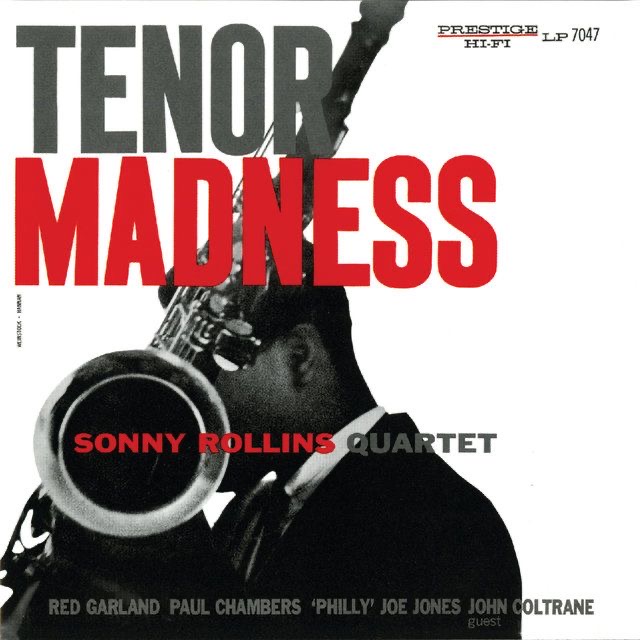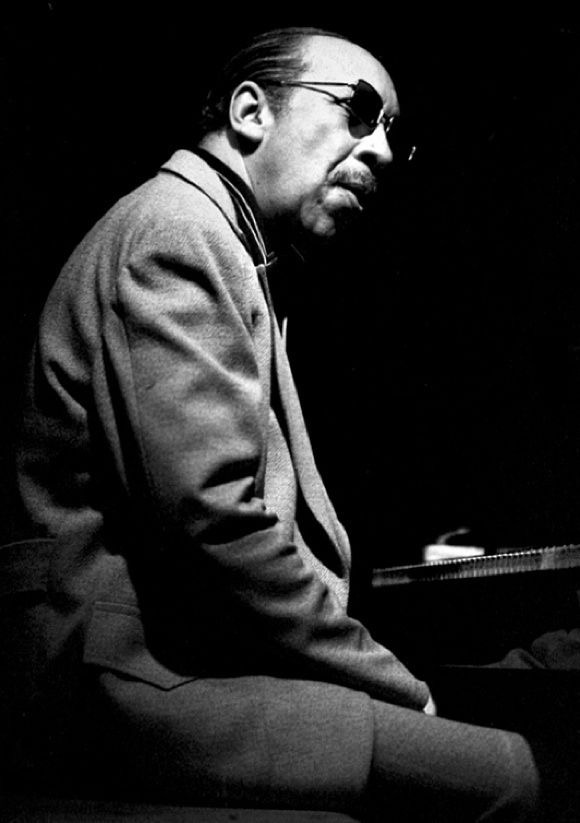Dissecting the Revolutionary ‘Olé Coltrane’
John Coltrane‘s “Olé Coltrane” is a pivotal album. The…
In the vast panorama of jazz, Sonny Rollins’ “Tenor Madness” radiates with a light of its own. This musical milestone reverberates with the raw emotion and improvisational brilliance that defines Rollins. The album, etched with just four tracks, is a testament to the genius of Rollins and his distinguished ensemble. Each song acts as a canvas for these maestros to splash their musical hues, crafting a masterpiece that transcends the era it was created in.

“Tenor Madness” came into existence on May 24, 1956. The Van Gelder Studio in Hackensack, New Jersey, cradled this jazz gem within its renowned walls. This sanctuary of sound, known for its pristine acoustics, was the perfect nest for the album to hatch. It was nurtured by Prestige Records, a label revered in the jazz and blues universe, and saw light later that same year.

Sonny Rollins, our hero of the hour, was already blossoming into a musical force when he embarked on this venture. Rollins, fresh from a fruitful tenure with the Clifford Brown–Max Roach Quintet, was beginning to get noticed for his unique style. His innovative approach to the tenor saxophone was starting to ripple across the jazz scene, and his vision for “Tenor Madness” would only add to his rising fame.
John Coltrane, the other tenor titan in the arena, was just stepping onto the path of his legendary journey with the Miles Davis Quintet. His contribution to the title track of “Tenor Madness” would etch an indelible mark on both the album and jazz history. Coltrane, a force to be reckoned with, brought transformative energy to this project.

Red Garland, the pianist, was another valuable contributor. An integral member of the Miles Davis Quintet, Garland was revered for his soulful articulations on the ivories. Before joining Rollins for “Tenor Madness,” he had lent his touch to several groundbreaking Davis albums. His understated elegance added a layer of sophistication to the album.

Then, we have Paul Chambers and Philly Joe Jones, the rhythm section. Chambers, a master of the bass, and Jones, a revered drummer, both were key players in the Miles Davis Quintet. Their synergistic rhythm drove the tracks on “Tenor Madness,” grounding the soaring solos and weaving a steady undercurrent that pushed the music forward.

The title track, “Tenor Madness,” serves as an exhilarating journey of saxophone conversation. Coltrane and Rollins exchange musical dialogues for over 12 minutes, creating a thrilling sonic spectacle. This rare pairing of tenor titans is one for the books, and their dynamic interplay is simply awe-inspiring.
“When Your Lover Has Gone,” a ballad by Einar Aaron Swan, comes to life under Rollins’ deft touch. Rollins injects his own emotional depth into the tune, while Garland’s velvety piano lines provide a tender counterpoint. This piece demonstrates the duo’s ability to convey profound emotions through their instruments.

“Paul’s Pal” is a vibrant bop number that plays to Rollins’ bebop influences. The song is a testament to the camaraderie of the quintet. Chambers takes center stage with an impressive bass solo, adding an energetic pulse to the track.
“My Reverie,” a personal favorite, beautifully adapts a melody by Claude Debussy. The song exposes a gentler side of Rollins’ playing, nuanced and romantic. Its interpretation of classical material is unexpected yet tastefully executed, elevating the album’s overall charm.
“Tenor Madness” is a quintessential example of hard bop, a jazz sub-genre. It’s a cocktail of bebop, blues, gospel, and R&B influences. The themes of camaraderie, innovation, and tradition run deep within the album, illuminated by the musicians’ inspired performances.
Upon its release, “Tenor Madness” received waves of critical acclaim. It represented a significant evolution in jazz, thanks to its bold sound and the musicians’ exceptional performances. The album propelled Rollins to the forefront of the hard bop movement and influenced countless saxophone-led jazz records that followed.
Today, “Tenor Madness” is revered as a classic in the jazz canon. It stands as a symbol of daring improvisation and nuanced interplay between artists. The album’s innovative approach to hard bop and the influential performances of Rollins, Coltrane, and the rest of the quintet continue to inspire modern musicians.
In the final analysis, “Tenor Madness” is a milestone that will forever shine in the annals of jazz. It’s a testament to the power of improvisation, the passion of its artists, and the timeless magic of music. The album’s spirit continues to resonate, serving as a beacon of inspiration for musicians and jazz lovers worldwide.